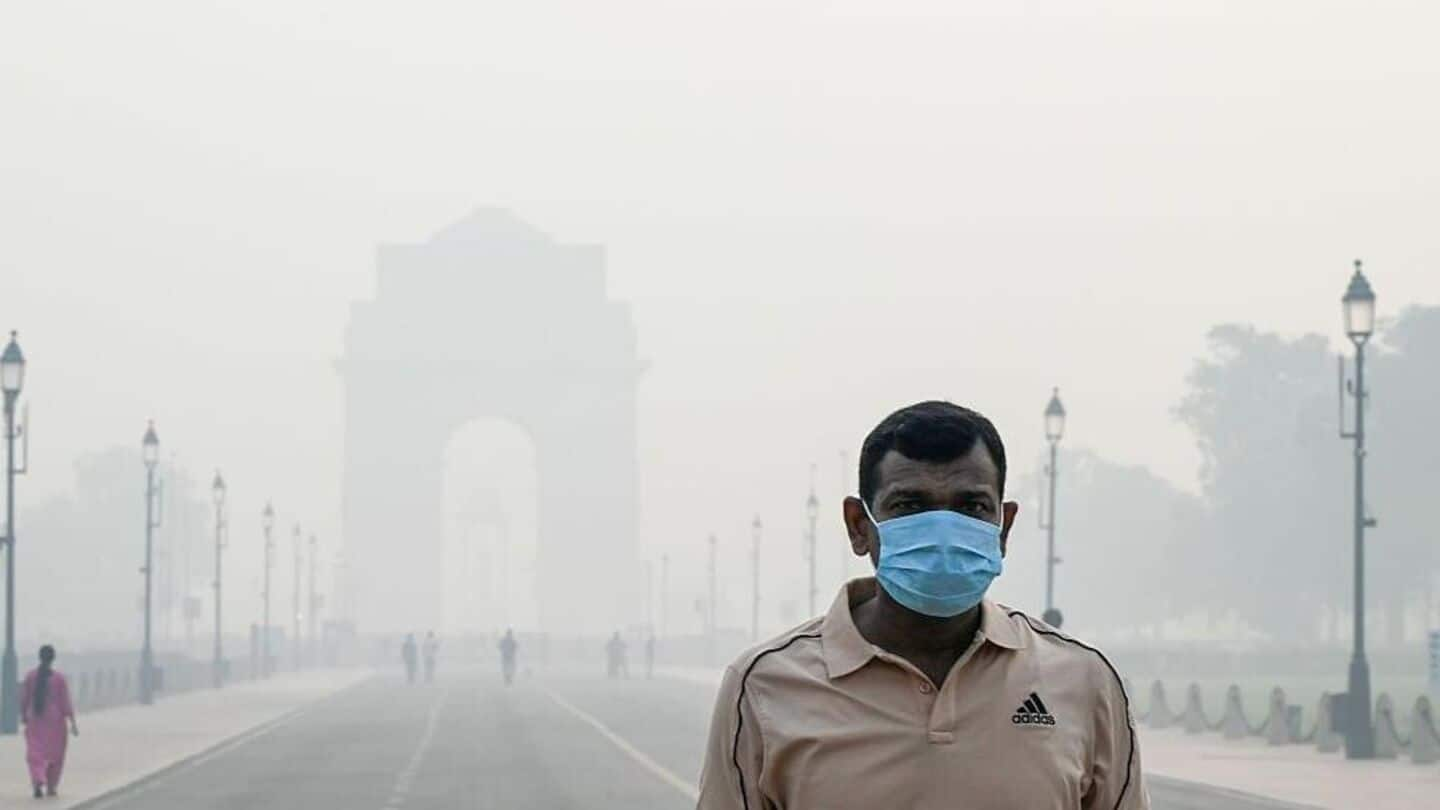
Delhi's AQI reaches emergency levels for first time this year
What's the story
Delhi's air quality reached emergency levels on Tuesday, marking the worst pollution level since December 19 of the previous year, when it reached 451. The city's average Air Quality Index (AQI) stood at 428 on a scale of 0 to 500. This is despite the Commission for Air Quality Management (CAQM) implementing Stage III of the Graded Response Action Plan (GRAP) across Delhi and its neighboring regions, including Gurgaon, Faridabad, Ghaziabad, and Gautam Buddh Nagar, on Tuesday.
Action plan
What are the key restrictions under Stage III?
Stage III of the GRAP includes a ban on construction and demolition activities, along with restrictions on BS-III petrol and BS-IV diesel four-wheelers. Only vehicles engaged in essential services are exempted from these restrictions. Non-essential diesel-operated medium goods vehicles and BS-IV light commercial vehicles registered outside Delhi are also banned from entering the city under these curbs.
Health measures
Hybrid classes for students up to Class V
In light of the "severe" air quality, Delhi's Directorate of Education has also asked schools to hold classes up to Class V in hybrid mode. The CAQM has also recommended staggering office timings for public and municipal employees in Delhi and NCR to reduce vehicular congestion during peak hours. Similar directions were issued for central government offices located in Delhi-NCR.
Weather impact
Marginal improvement in air quality expected today
The drastic rise in AQI is due to calm winds and falling temperatures, per experts. These conditions have trapped pollutants near the surface, resulting in dense smog. Visibility dropped to 600 meters at Safdarjung and 700 meters at Palam around 6:30am. However, forecasts, including one by Skymet, predict that winds could help disperse some pollutants on Wednesday, leading to a marginal improvement in air quality.
Weather update
Minimum temperature falls to 10.2degC in Delhi
Delhi's minimum temperature fell to 10.2°C at Safdarjung, which happens to be this season's lowest and also four degrees below normal. The maximum temperature was recorded at 27.7°C, two degrees below normal. Although visibility improved slightly by late morning to around 2,000 meters due to sunny conditions, haze continued throughout the day, The Times of India reported.
Pollution levels
Worst air quality recorded at Bawana, Wazirpur
Meanwhile, data from the Central Pollution Control Board (CPCB) on Wednesday morning showed that 33 out of 39 monitoring stations in Delhi recorded "severe" air quality. Bawana recorded the worst air quality at 463, followed by Wazirpur at 460. Areas such as Alipur, Burari, Chandni Chowk, and Jahangirpuri witnessed early-morning PM2.5 levels touching 600μg/m3.